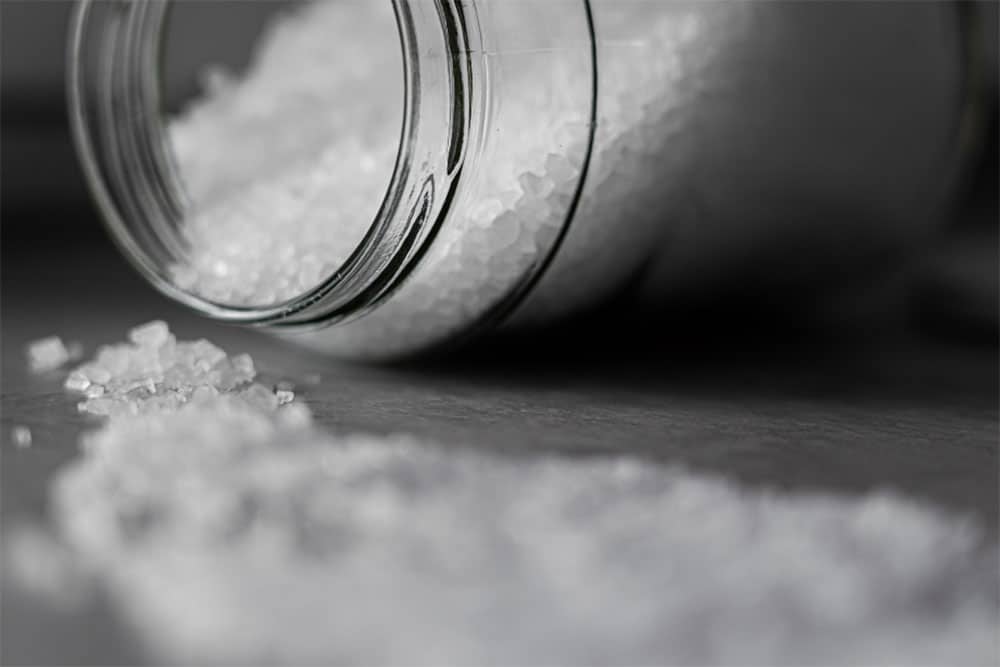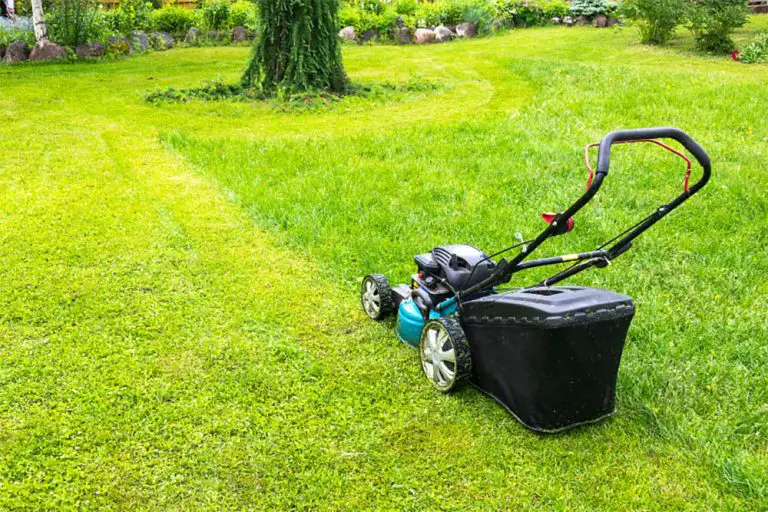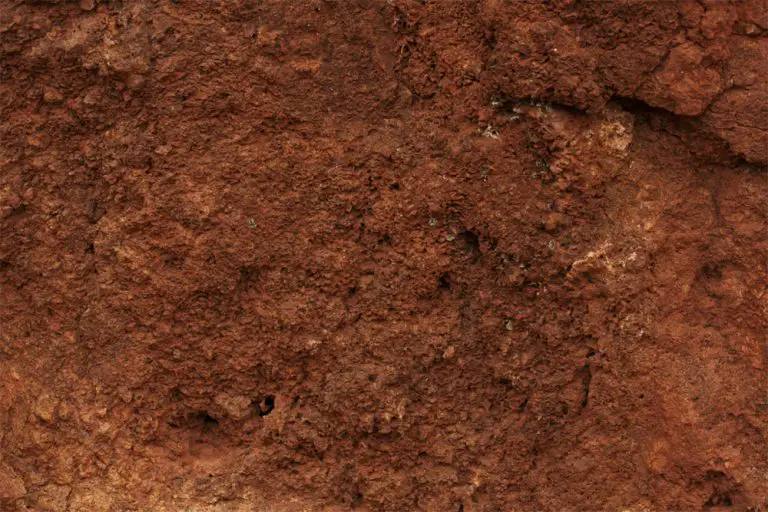Mosses can be found in a variety of different climates but mainly thrive in coastal areas that are exposed to lots of moisture and moderate temperatures.
Belonging to the Bryophyta family, mosses include a variety of different species including hornworts and liverworts.
Although moss may look pretty when walking along the beach, it may not be what you want in your garden as it can easily grow on the decks, lawns, fences or roof.
If you want to get rid of moss then the best way to do this is by using salt. There are a variety of different types of salt that can be used to eliminate moss.
In this guide, we’ll be taking you through some of the options so you can get rid of the moss in a safe way that won’t negatively affect your garden or your home.
Facts about moss
Before you purchase your salt to get rid of the moss, it’s important to know what kind of moss you are dealing with so you can eliminate it as thoroughly as possible.
As mentioned before, moss thrives in moist environments so if you have damp areas in your garden or the exterior of your home then you may find that the majority of moss will linger here.
Due to temperate climates, moss grows rapidly during the winter months and then will slow down in growth throughout the summer months.
It’s important to know that moss doesn’t have a vein system to allow the moisture to travel throughout the plant meaning that the water is absorbed directly during heavy rainfall as well as droplets when it is foggy.
Another important thing to know about moss is that it doesn’t have a root system which means that it can cling to a variety of different surfaces. This makes it difficult to eliminate as you cannot simply grab the root and eradicate the source of the plant.
They thrive in acidic soils and shaded areas as there is no salt in them whereas alkaline soils contain a lot of salt which means that the moss won’t be able to grow in them.
The majority of moss species can be killed by salt but there are certain varieties such as the Schistidium maritimum moss which thrives in coastal areas that contain a lot of sea salt.
Pretreatment
Once you have identified what kind of moss you are dealing with, it’s important to make sure that you prepare and pretreat the area in order to properly kill the moss.
The best way to do this is by removing as much moss as you can using a tool such as a power raking which can help to cut down the amount of time it can take than doing it by hand.
Naturally, depending on where the moss is, you may need some help to do this to make sure that you are being as safe as possible. By removing the moss, you are exposing the surface beneath for the treatment.
If you simply pour the salt onto the moss then you’re not actually killing the source of the moss, you are sterilizing the growth but that doesn’t mean that it’s not going to be killed completely.
Therefore, make sure you remove as much moss as you can so you have a better chance of success when you actually apply the treatment.
What salt to use
So now that you have pretreated the moss, it’s time to actually apply the salt in order to kill the moss. There are two main options that you should consider which we will run through in detail in this section.

Make sure that you choose the one that is going to benefit your garden and home the most without causing any damage to the surrounding areas.
This will mean that the moss will be completely eliminated without any chance of it growing back whilst also ensuring that any plant life near the site isn’t going to suffer.
Potassium salt
The most common kind of salt to use is potassium salt which is natural and biodegradable making it highly efficient for killing the majority of kinds of moss.
Available at most gardening centers, you can find potassium salt in liquid form which makes it great for using on all kinds of surfaces and areas. Whether you have moss growing in the garden or on the roof, using potassium salt is sure to solve your problems.
Bear in mind that potassium salt is harmful to aquatic life so it should not be used near any water sources or on rainy days. Using it on rainy days will cause it to be washed away and render the salt useless anyway.
Ideal for use on the house, potassium salt doesn’t damage any metal.
The directions to use this are simple as you have to directly spray the solution onto the surface where the moss has been growing which in turn will kill whatever moss is left and prevent it from growing back.
Sodium hypochlorite
The second option is sodium hypochlorite which is commonly referred to as chlorine bleach.
This can eliminate moss and prevent it from growing back for around a year and requires annual treatment. Great for using on all sorts of surfaces, this solution works faster than potassium salt and doesn’t cause any stains on the surfaces.
However, bear in mind that sodium hypochlorite can harm other plants so try to avoid spraying surrounding plants with the solution as it can negatively affect your plant life.
It can be found in the majority of garden centers which will contain a small amount of sodium hypochlorite as you don’t need too much of it and having too much may cause damage.
Make sure you spray the area for around 30 seconds, wait for 15 minutes to allow the solution to work and then rinse it away with water.
If you do find that the sodium hypochlorite has made contact with the neighboring plants, rinse them with water straight away to try and stop the damage.




